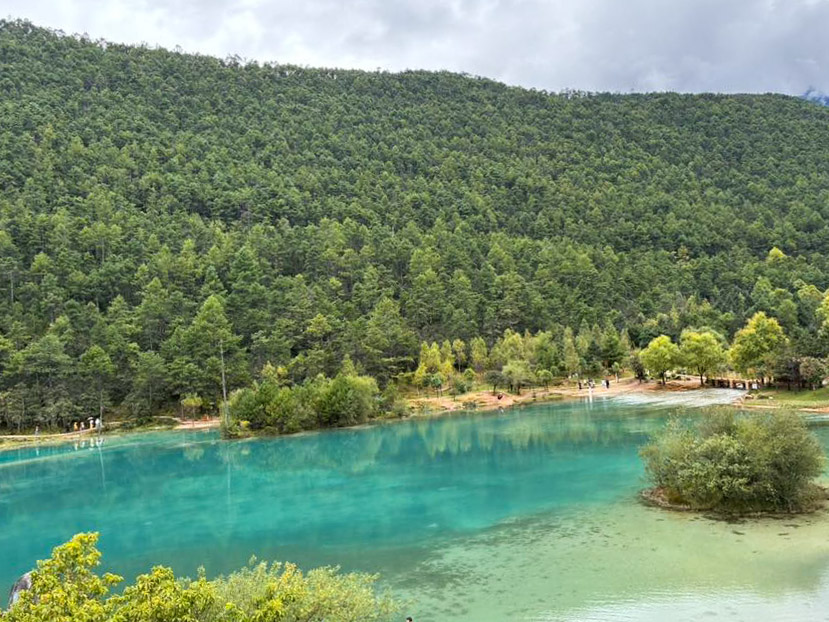Jade Dragon Mountain: Beauty, Hype, and the Reality for Offbeat Travelers
Jade Dragon Snow Mountain (玉龙雪山 / Yùlóng Xuěshān) is one of Yunnan’s most iconic sights — a shimmering, snow-dusted range that towers over Lijiang’s Naxi villages. It’s the sort of place that captures your imagination long before you arrive — all glittering peaks, alpine meadows, and turquoise lakes that look straight out of a travel dream.
But if you’re an offbeat traveler — someone who prefers raw landscapes over manicured ones and authenticity over spectacle — Jade Dragon Mountain can be both mesmerizing and frustrating. It’s a place where natural beauty meets heavy tourism, where sacred Naxi culture now performs on stage, and where expectations often collide with reality.
Here’s what it’s really like — the beauty, the hype, and the honest reality behind one of China’s most photographed mountains.
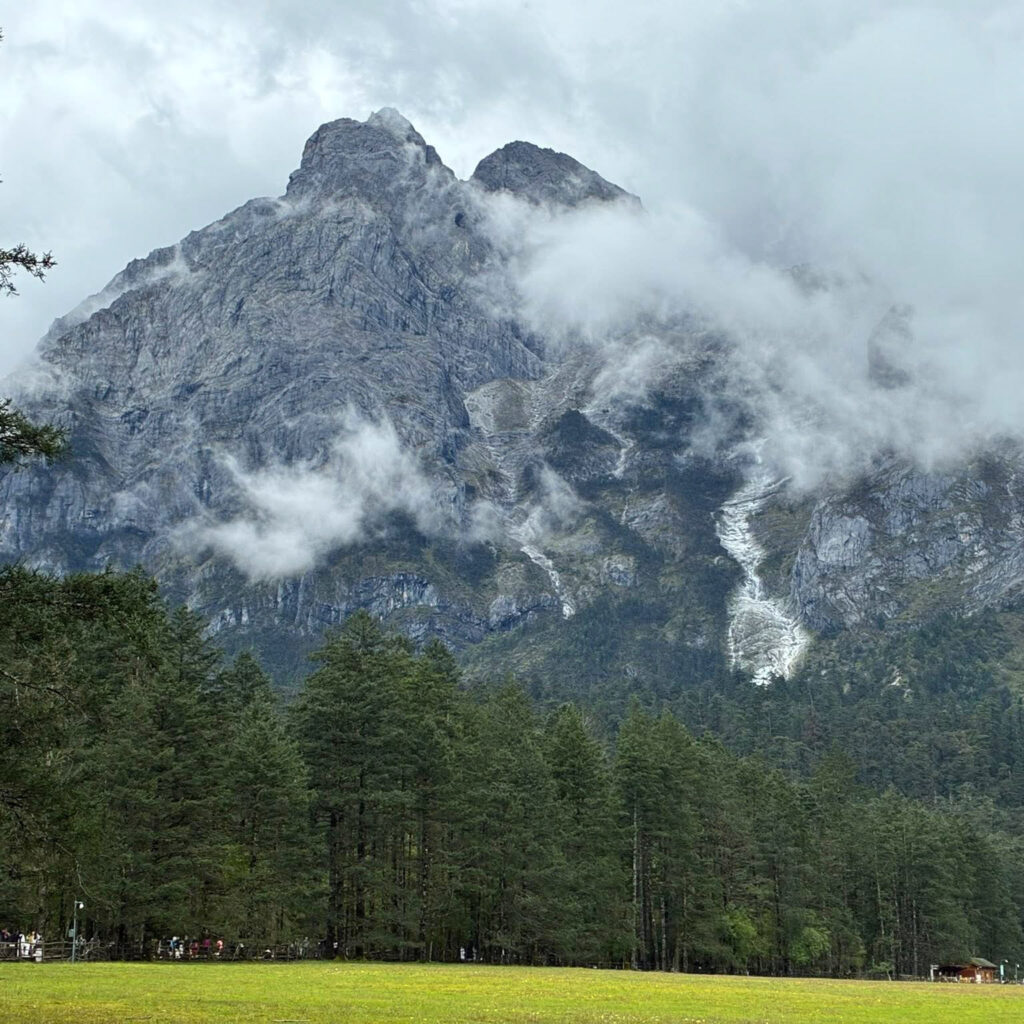
The Beauty: When the Dragon Still Breathes
There’s no denying it — the first glimpse of Jade Dragon Mountain is breathtaking. From Baisha Village or Shuhe Old Town, the mountain seems to float in the distance, its silver peaks cutting sharply through the blue Yunnan sky.
At sunrise, the snow glows pink and gold. Yak herders still guide their animals through high pastures, and prayer flags ripple gently in the wind. The air smells of pine and barley. For a moment, you could almost believe time stopped here.
Then there’s Blue Moon Valley (Baishui River) — a surreal cascade of turquoise pools fed by glacial water. It’s one of those rare places where the color seems unreal, an optical illusion too vivid to describe.
This is the Jade Dragon that steals your heart — wild, mystical, and impossibly photogenic.
The Hype: “Impression Lijiang” and the Cult of Spectacle
The mountain isn’t just a natural wonder — it’s also the stage for one of China’s most famous cultural performances, “Impression Lijiang”, directed by Zhang Yimou, the visionary behind the Beijing Olympics opening ceremony.
Performed daily at 3,100 meters above sea level, the open-air show features over 500 local villagers from Naxi, Yi, and Tibetan communities, dressed in bright traditional attire, singing and dancing against the backdrop of the mountain itself.
For many, it’s a stunning celebration of ethnic pride and endurance — a visual symphony of color and movement set against a jaw-dropping backdrop. The drums echo through the valley, and for a moment, it feels like the mountain itself is part of the performance.
But for others, the experience feels too choreographed — a theatrical version of authenticity, polished for mass tourism. It’s impressive, yes, but not intimate. Offbeat travelers might find themselves yearning for the quieter, unscripted rhythms of real village life in Baisha instead.
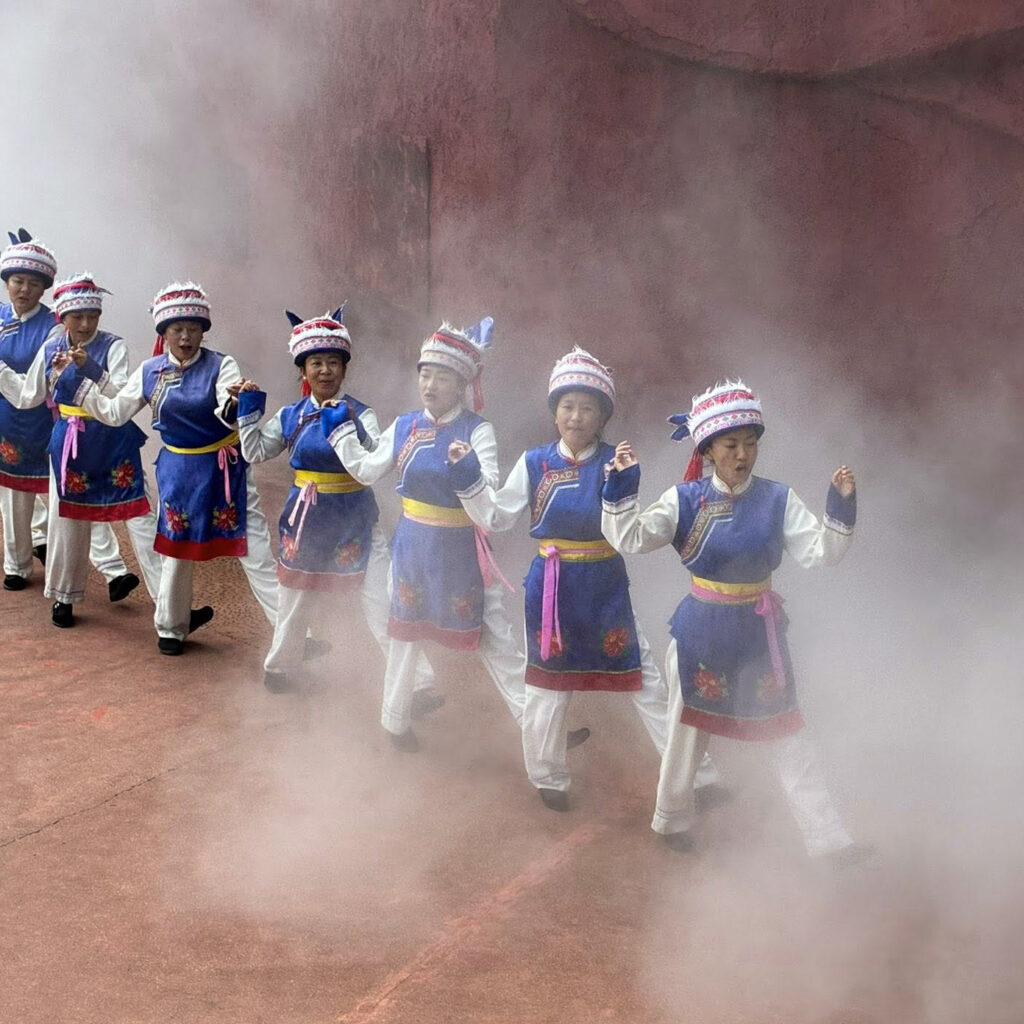
The Reality: Between Wonder and Weariness
Let’s be honest: visiting Jade Dragon Snow Mountain today is not an offbeat experience. It’s a well-oiled tourism machine, with multiple ticket checks, designated shuttle buses, and queues for oxygen cans.
You’ll share the experience with thousands of domestic tourists, selfie sticks waving in every direction. The infrastructure is world-class — but it leaves little room for spontaneity. You can’t hike freely; most of the area is fenced off, and the “glacier walk” is a short, crowded boardwalk reached by cable car.
The altitude hits hard, too. At over 4,500 meters, many visitors experience altitude sickness within minutes — headaches, nausea, or dizziness. It’s manageable with rest and hydration, but it can quickly ruin the magic if you’re unprepared.
And then there’s the cost. Between park entry, shuttle buses, cable cars, and the show, expect to spend around 500–600 RMB for a single visit — not counting transport from Lijiang.
For travelers used to quiet treks and independent exploration, the experience can feel detached and transactional, more like an attraction than an adventure.
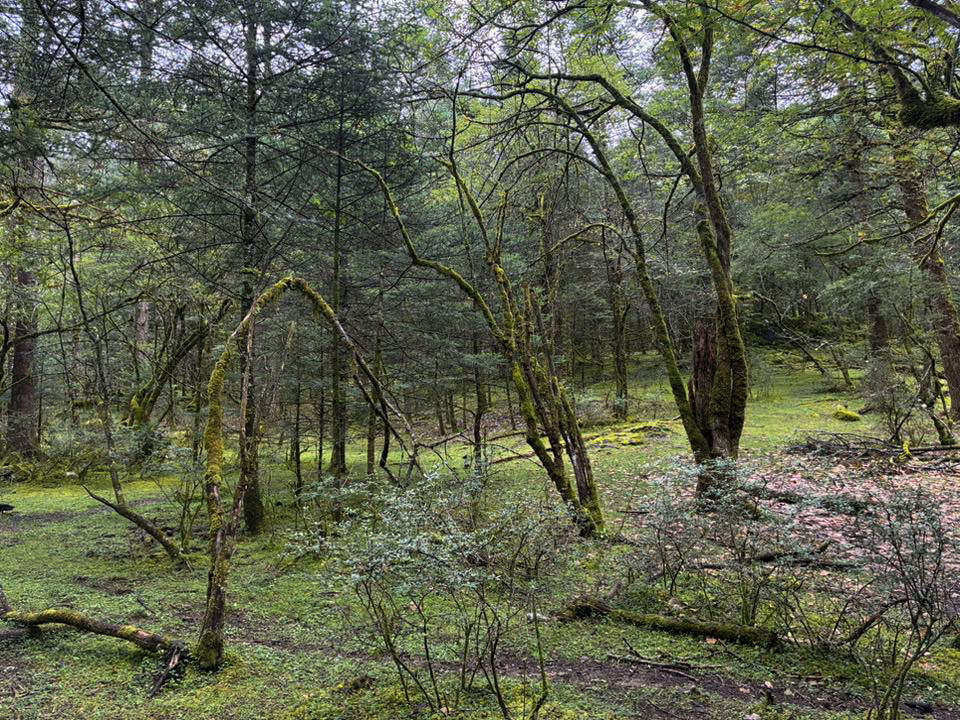
The Offbeat Traveler’s Way: Finding the Real Jade Dragon
Here’s the secret: the best views — and the most meaningful experiences — are found outside the official park.
Stay in Baisha Village or Shuhe, where the rhythm of daily life still flows beneath the mountain’s gaze. Walk the old cobbled lanes, listen to the sound of lutes and laughter from courtyard cafes, and watch farmers tending barley fields with the snow peaks as their silent guardians.
If you’re a photographer or slow traveler, skip the main tourist route and spend your golden hours around Yuhu Village. This is where explorer Joseph Rock lived in the 1920s, and little seems to have changed since. From here, the mountain looks purer, untouched by ticket booths or bus horns.
And if you do decide to see Impression Lijiang, go for the morning performance — the mountain light is magical then, and the experience feels more sincere before the crowds multiply.
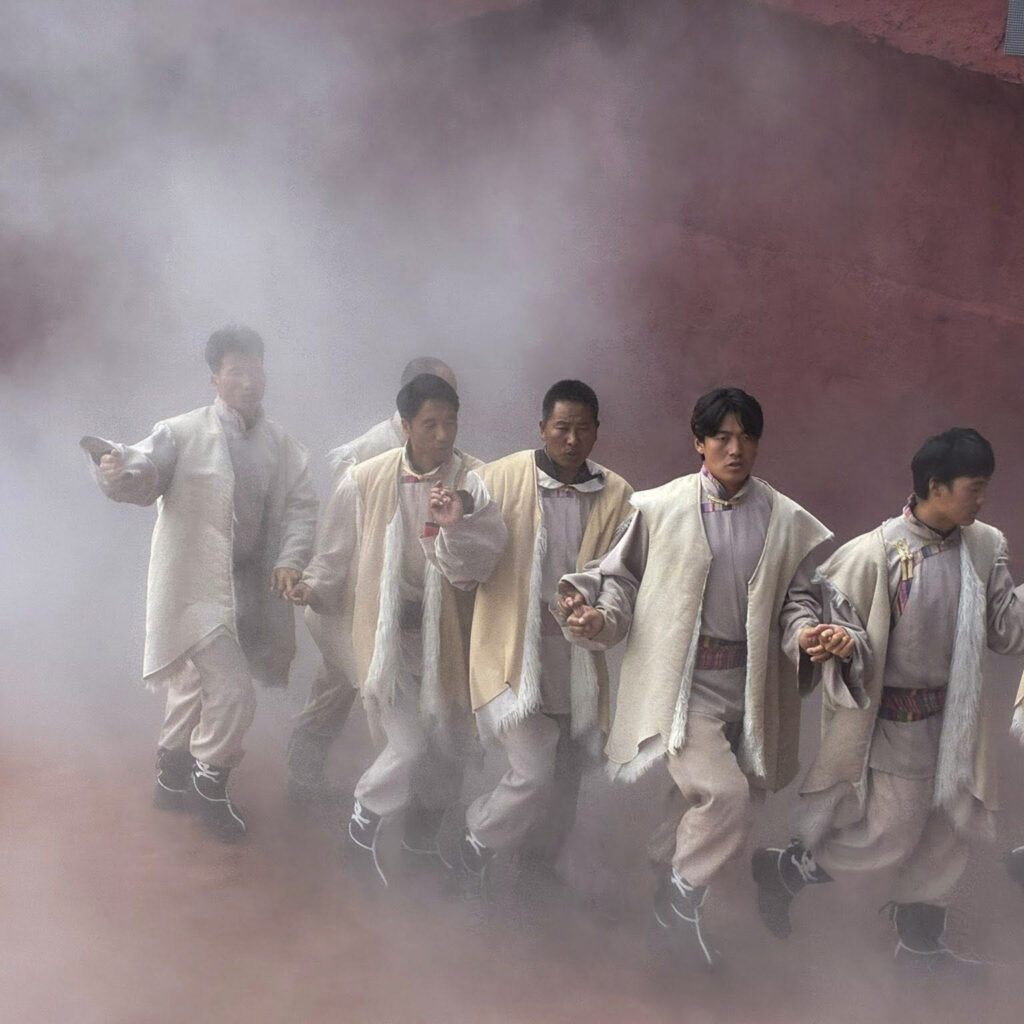
Practical Tips
- Acclimatize in Lijiang for at least 24 hours before ascending.
- Dress in layers — temperatures drop fast above 3,000 meters.
- Bring water, sunscreen, and snacks — food choices on-site are limited.
- Avoid peak holidays like the Chinese New Year and Golden Week.
- For better photos, visit early or after a light snowfall when the air is crystal clear.
Final Thoughts: A Mountain of Contradictions
Jade Dragon Snow Mountain is a paradox — both sacred and staged, wild and managed, timeless and modern. It’s a place where the raw power of nature meets the choreography of tourism, where legends echo beneath neon-lit visitor centers. For offbeat travelers, it’s not the untouched frontier you might dream of. But it’s still worth seeing — not for adventure, but for understanding how modern China balances cultural preservation, mass tourism, and natural wonder. If you look beyond the crowds, past the performances and paved paths, you’ll still find the dragon breathing — silently, majestically — above the Naxi fields of Lijiang.

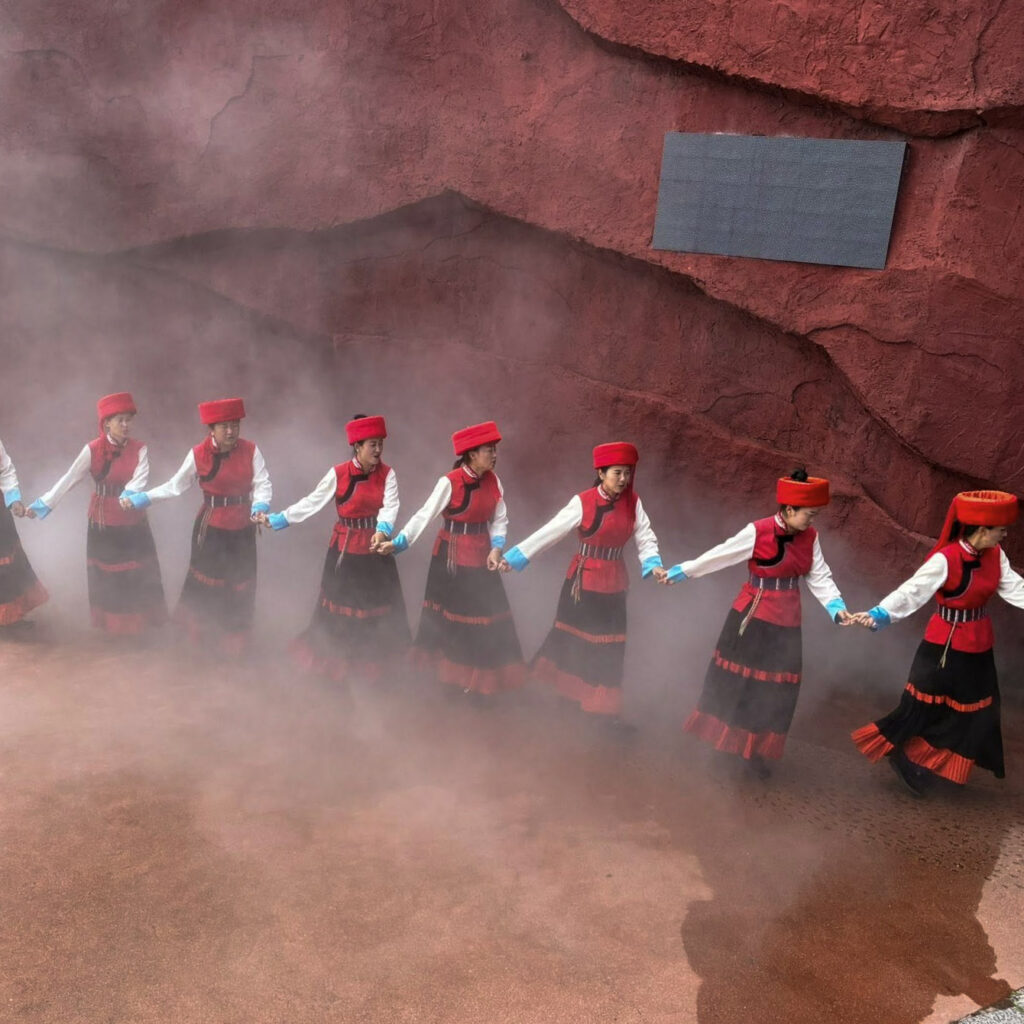
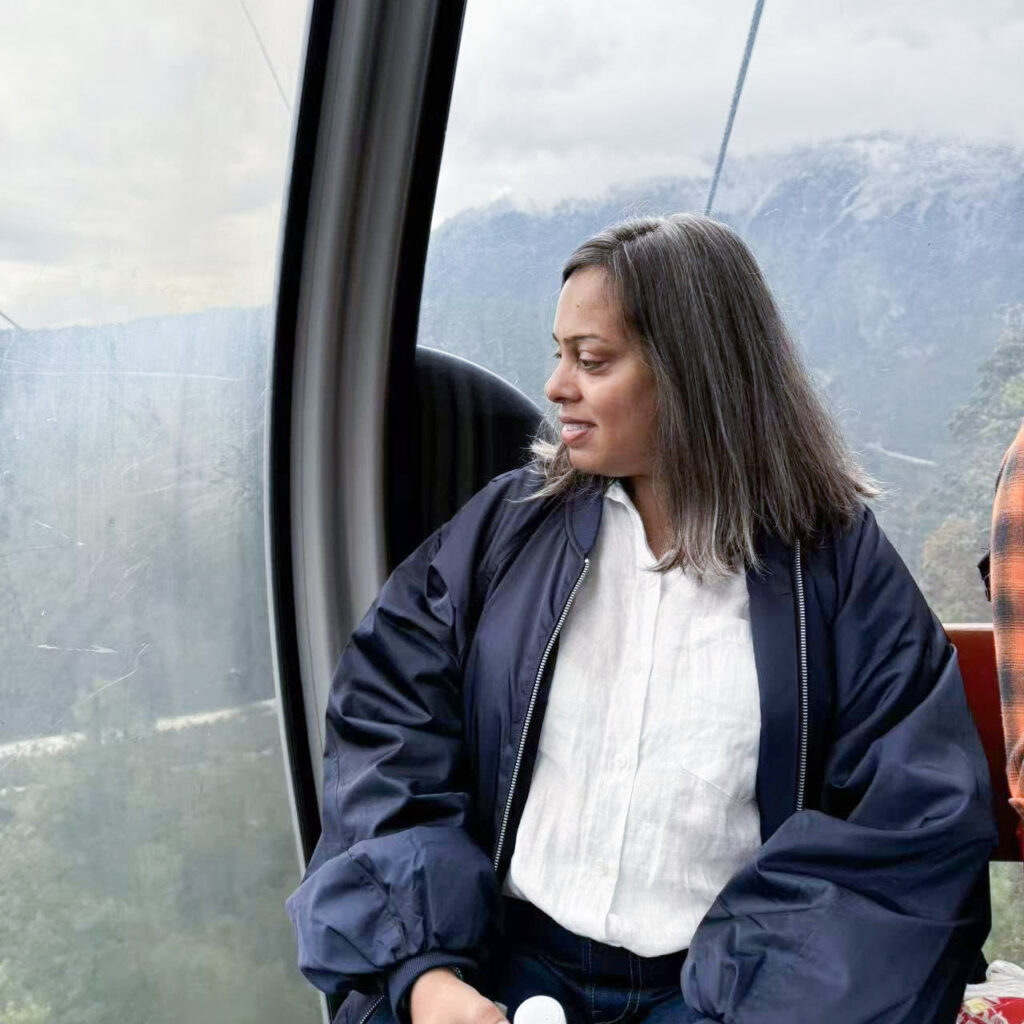

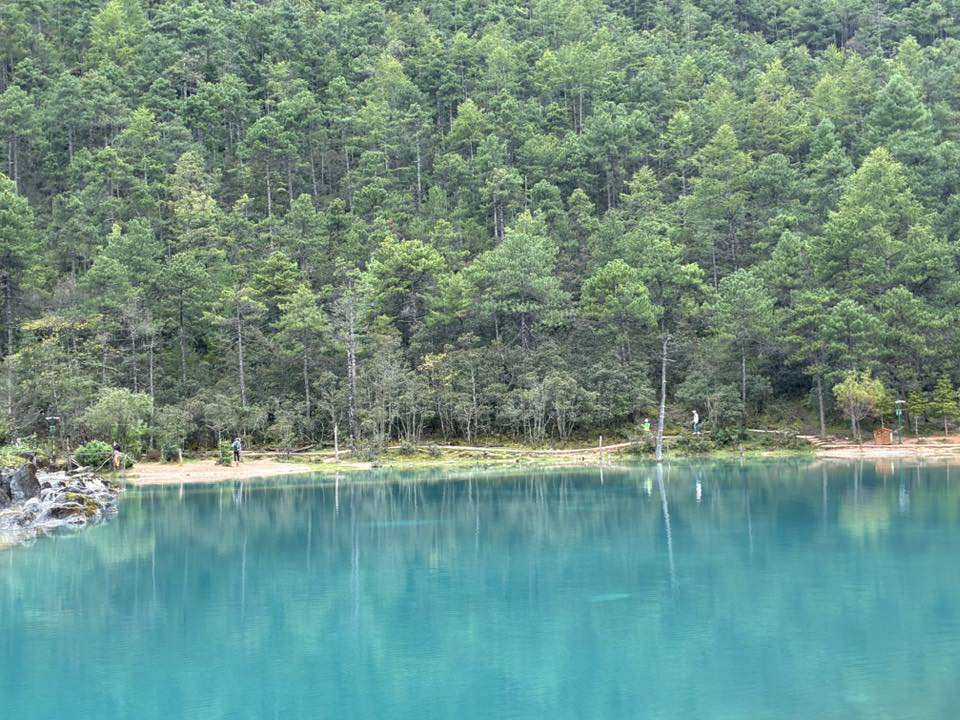
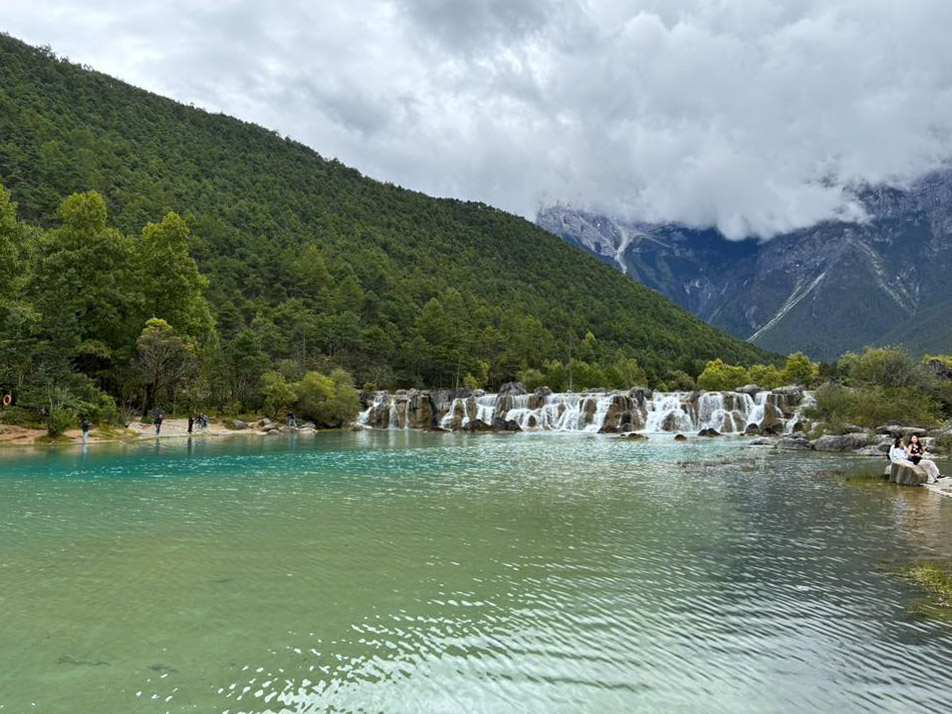
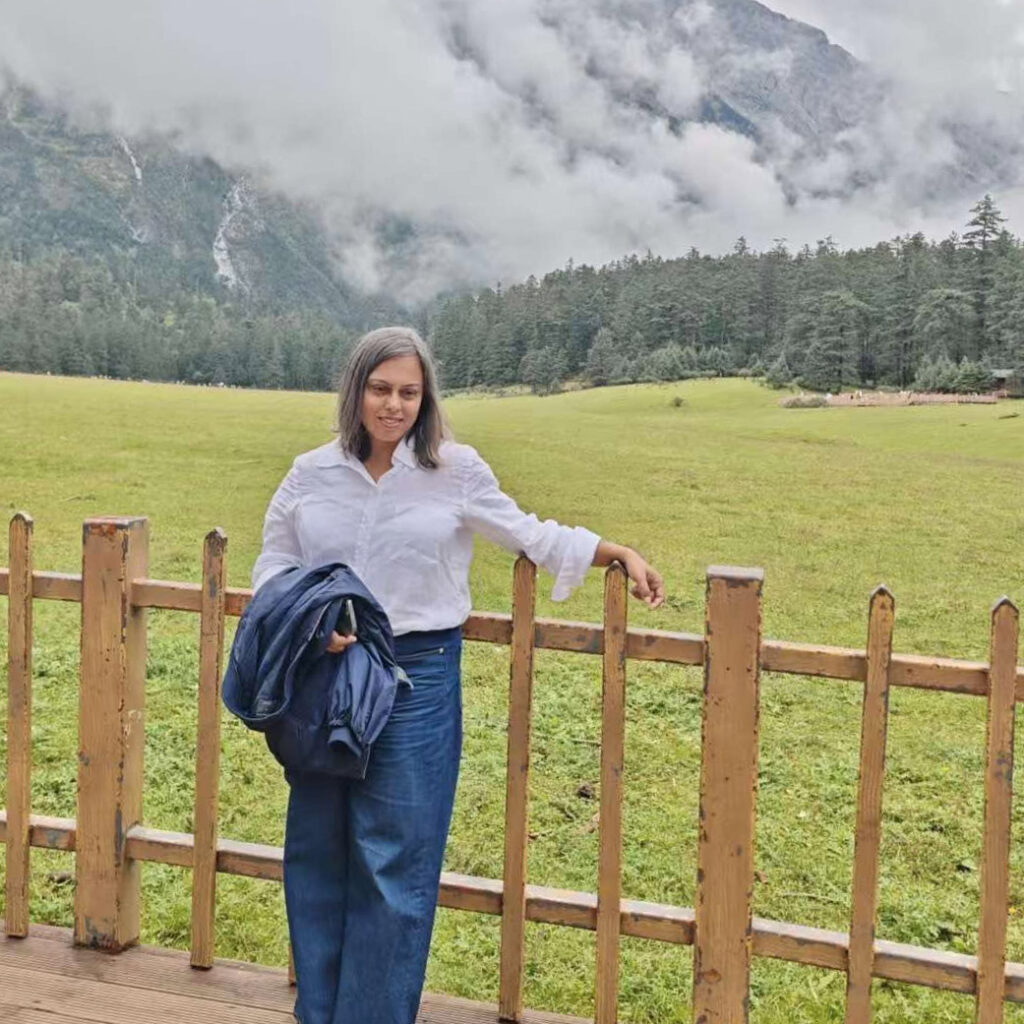
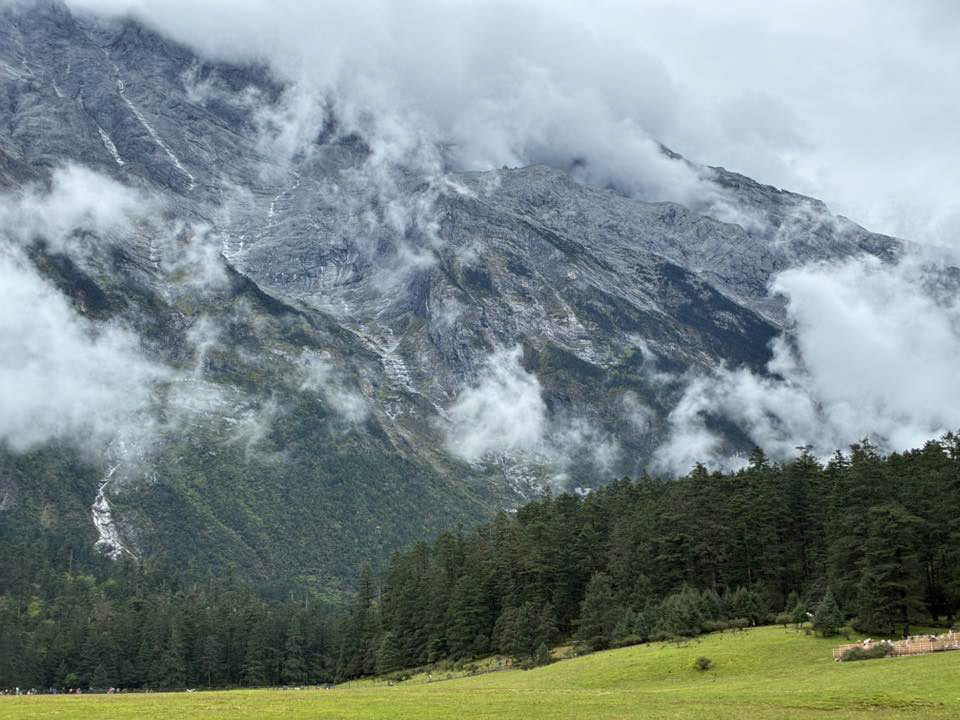
Follow the rest of the China series
- CHINA FOR FIRST TIMERS
- Chengdu Local Market Food Tour & Cooking Class
- CHENGDU IN A DAY
- ZHONGLU TIBETAN VILLAGE
- TAGONG GRASSLANDS IN WESTERN SICHUAN
- YUNNAN’S ANCIENT TOWNS
- BAISHA VILLAGE
RESPONSIBLE TRAVELING-BECAUSE I CARE
